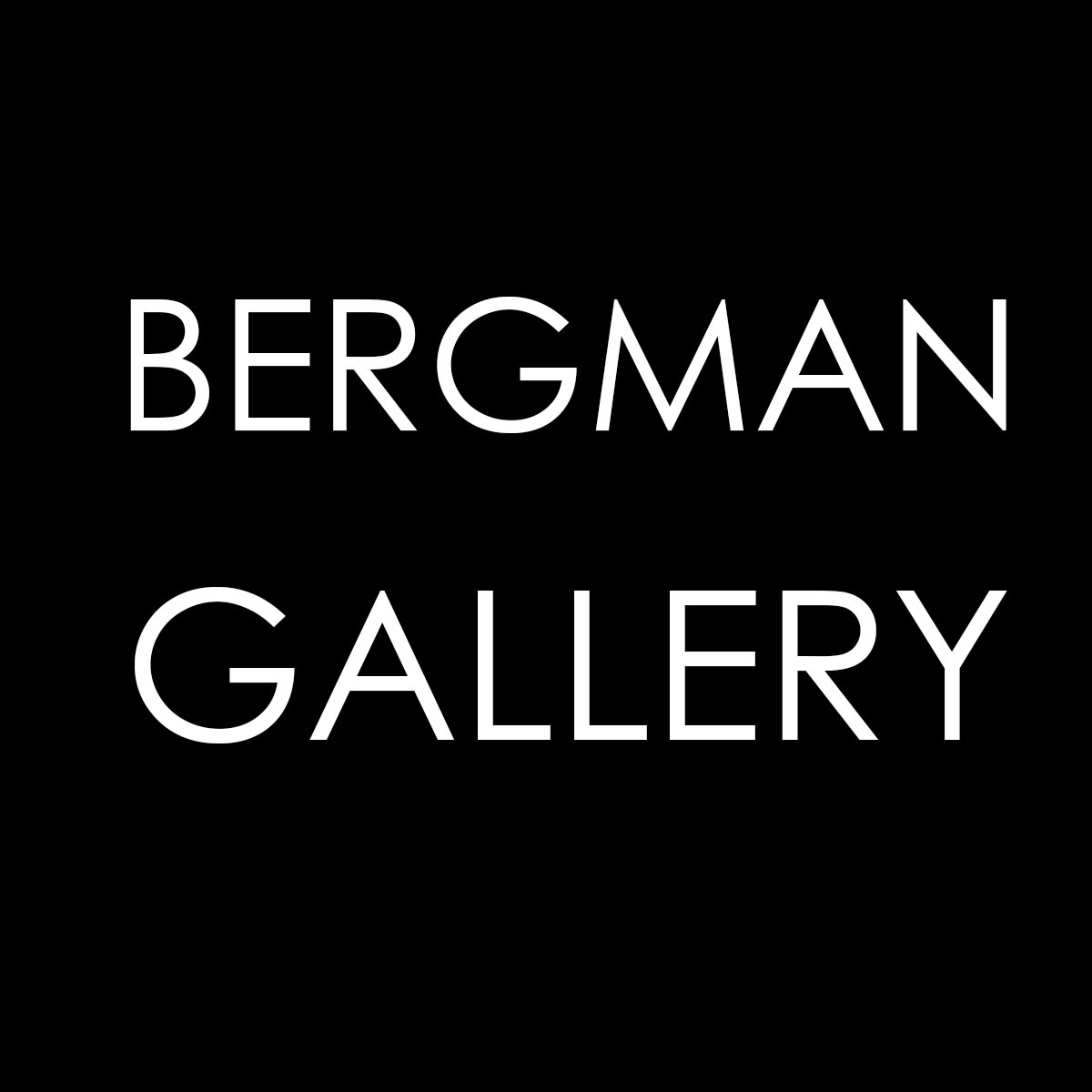Opening Speakers:
Derek Fox, Reuben Paterson.
Kō atu I Te Ikaroa / Beyond the Milky Way
Dina Jezdić.
Since the late 1990s, Reuben Paterson has emerged as an artist of remarkable curiosity and depth, using glitter to illuminate the probing frontiers of our world and expand the possibilities for reimagination and interpretation. His paintings and sculptures traverse both the natural and supernatural realms, exploring identity, culture, and the intricate connections that transcend binary thinking. In his latest body of work, The Man Who Lived Between Sunset and Moonrise, Paterson delves into the delicate relationship between the natural world and its potential collapse, framing it as a personal, cultural, and political concern. The title itself evokes the crepuscular hours—the fleeting moments between sunset and moonrise—when the earth shifts, and creatures that thrive in twilight emerge. This transitional period serves as a metaphor for the precarious balance we face in the era of climate change, reflecting the delicate interplay between tides, ecosystems, and human impact.
In a world where joy and harm intertwine, Paterson's work illuminates the delicate balance between pleasure and peril. As life on Earth becomes increasingly precarious, he reveals truths we instinctively know but may not fully acknowledge. His art draws attention to the destruction and formation of stars, the collapse of fisheries, the extinction of species, and the acidification of the seas. We gaze in awe at coral cities—thousands of years in the making—submerged beneath the waves, reminiscent of our wonder when gazing up at Te Ikaroa, the Milky Way. Most strikingly, Paterson invites us to appreciate the beauty of tangotango—the darkness between the stars. These serene yet thought-provoking images compel us to reflect on the ethics of human exceptionalism and its devastating impact on the world that has sustained us—though only for so long.
By merging the vastness of space and ocean, Paterson challenges the traditional, land-focused view of our planet. He shifts our attention from rigid, continental maps that have historically governed our understanding of space and time, emphasising instead the fluid expanses of Earth’s oceans as one interconnected whole. Paterson's vision of communalism stands in stark contrast to the colonial practices of European and American cartographers, who imposed arbitrary lines on the sea, dividing oceanic peoples and confining them to restricted territories for the first time. He immerses viewers in the boundless waters that unite our world, revealing the planet as a cohesive, interflowing body—its winds, currents, migratory fish, and rhythmic tides all in sync.
Instead of simply cautioning against the depletion of the oceans' resources, Paterson compels us to reconsider our place within them, reminding us that we are not owners, but integral parts of both the ocean and space. His work challenges us to rethink our relationship with nature, offering an urgent call to envision coexistence without exploitation. Through his powerful imagery, Paterson invites us to not only marvel at the world’s beauty but also confront our role in its destruction. He shows us that there’s hope—possibilities emerge when we choose to explore, protect, and live in harmony with our environment. The Pacific, bustling with commerce, serves as a troubling case in point: its ocean floor mined, freight lanes crisscrossed, and commercial fishing stretching across its vast waters. This region is key to sustaining Earth's resource exploitation and advancing a capitalist future. Paterson’s work doesn’t just make us reflect; it provokes essential questions about how we view and navigate these frontiers—both literally and metaphorically—touching on issues of ownership, autonomy, value, and waste.
Amidst the intricate tapestry of life, the world reveals its complexity and inherent magic, a realm forever brimming with wonder. For Paterson, art is an invitation to delve into that magic—reviving those poignant moments of emotional connection that remind us of our place within it. His mesmerising portrayals of the astrological and ecological realms, interwoven with hypnotic narratives, inspire a profound sense of awe, highlighting the delicate dance between humanity and the environment. This sense of awe, much like a garden, requires nurturing to flourish fully. What unfolds before us is a testament to life's resilience—a vibrant force capable of persisting, adapting, and igniting transformative change.
As the Earth embarks on its journey of self-healing, understanding our role in this narrative allows us to actively engage in its recovery. Paterson’s works serve as a poignant reminder to peel back the layers of the universe and attune ourselves to the world in ways we've either forgotten or never learned. In an era marked by increasing disconnection from nature—where children spend less time outdoors and consumerism dulls our senses—we are beckoned to rediscover the abundance that flourishes around us. This richness lies just beyond our doors, beneath the ocean's surface, and within the vastness of the night sky, waiting for us to take notice. Paterson's art challenges us to reflect on the values guiding our lives.
In our quest to understand the human manipulation of time and space, we must confront a pivotal question: what do we truly need versus what do we merely desire? These inquiries unveil a profound truth: the world does not rely on our existence to flourish. The Man Who Lived Between Sunset and Moonrise invites us to seek meaning in what eludes our grasp, compelling us to rekindle our connection with the awe that resides in the ocean's depths and the stillness of the cosmos.


